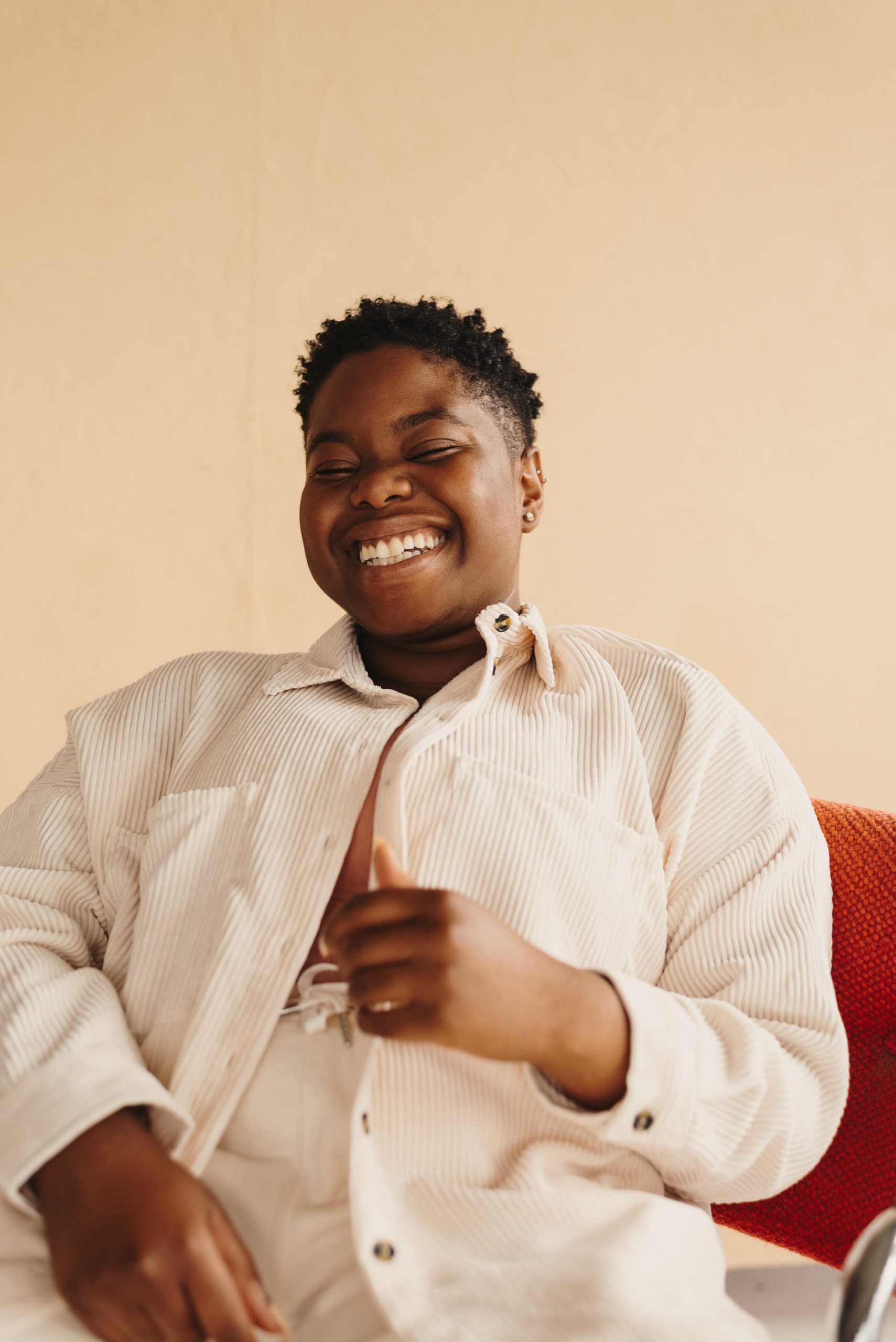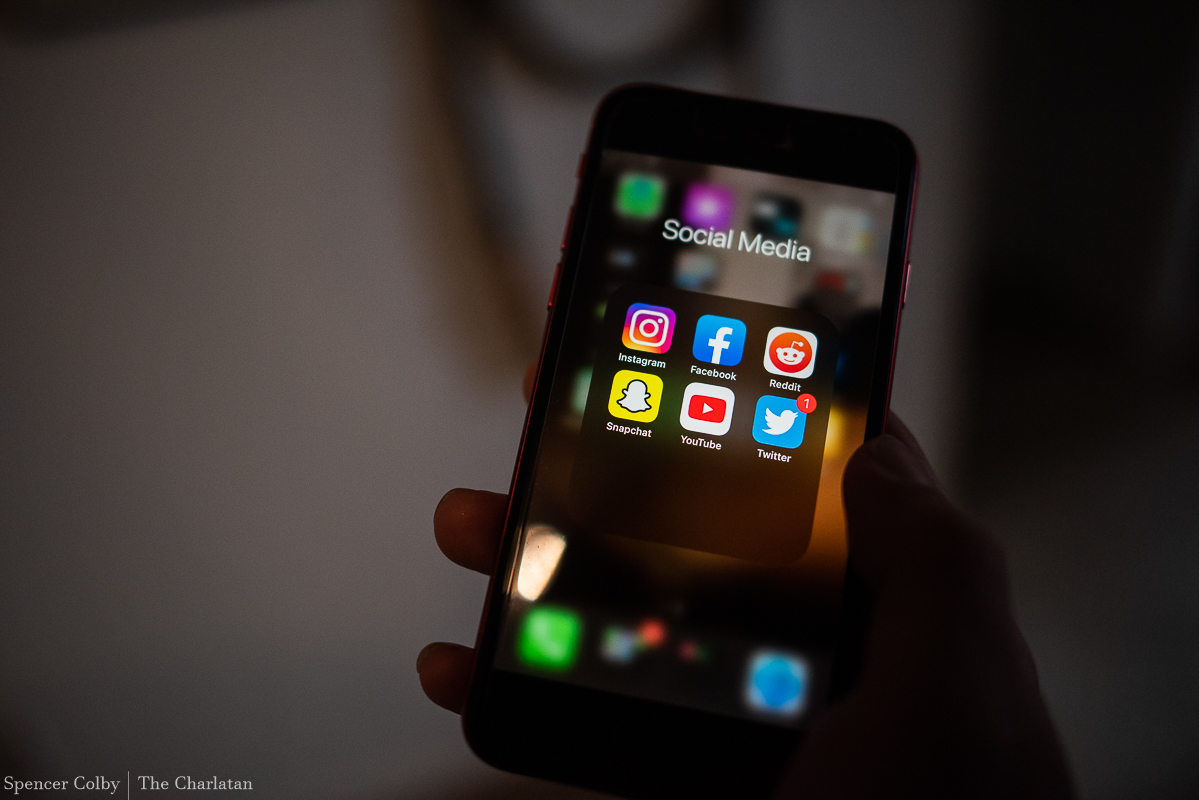Social media is a platform with potential to be a positive or negative online environment for content creators and users alike.
Exposure to online trolling, cyberstalking and doxing or privacy breaching have made the childhood concept of “stranger danger” and the importance of being careful in what online users publicly communicate a harsher reality.
Social media’s harassment problem became clear in India when screenshots surfaced of an Instagram chat where a group of high school boys threatened to sexually harass girls and shared objectionable pictures of minors along with their personal information. Dubbed the “Bois Locker Room Controversy,” the incident went viral last year.
This controversy is India’s first legal case involving an Instagram chat. It resulted in the arrest of the group admin by Delhi Police’s Cyber Cell and the identification of the accused.
![Bill-C26 is seen in a screengrab [Photo Screengrab]](https://charlatan.ca/wp-content/uploads/2021/08/f_Media_Provided_web-2-of-4.jpg)
In a similar pursuit, the Canadian government proposed Bill C-36 in June. The proposed bill would amend the Canadian Human Rights Act to define online communication of hate speech as a “discriminatory practice,” and would allow victims of online hate to file formal complaints with the Canadian Human Rights Commission.
If authorised, the bill would also allow victims of online hate speech and harassment to direct complaints to the Canadian Human Rights Tribunal. After assessing the circumstances and intent of the discriminatory practice, the Tribunal could impose financial penalties of up to $50,0000 on people engaging in discriminatory practices or hate speech on online platforms.
The Tribunal could also order online perpetrators to pay financial compensations of up to $20,000 to any victim personally identified in the discriminatory practice or for any pain and suffering that the victim experienced.
The ability to report formal complaints and witness swift action by authorities to apprehend perpetrators of online hate speech, harassment, and the non-consensual sharing of sexual images would promote a sense of accountability from social media platforms that isn’t currently afforded to.
Facing online harassment
Online harassment can include offensive name-calling, purposeful embarrassment, stalking, physical threats, harsssment over a sustained period of time, and sexual harassment.
The 2020 “Free to be Online?” global survey by Plan International found that out of 14,000 girls aged 15 to 25 in 22 countries, including Canada, the U.S. and India, 58 per cent have been harassed or abused online.
Online attacks have occurred against users on every social platform included in the global study including Facebook (39 per cent), Instagram (23 per cent), WhatsApp (14 per cent), Snapchat (10 per cent), Twitter (9 per cent) and TikTok (6 per cent).
Indian fashion designer and content creator Ann Edvin, who models and sells her designs to her Instagram followers, is among those who have been targeted online. While promoting her business, Edvin received a body-shaming comment on one of her Instagram reels.

“[Someone] said, ‘You look like you have two pimples on your chest.’ I knew that on some subconscious level, I would become more self-conscious about my body,” Edvin said.
A 2016 study by Yahoo Health found that out of 2,000 national representative respondents aged between 13 to 64 years, 94 per cent of teen females as compared to 64 per cent of males had experienced body shaming online.
Edvin publicly called out this body-shaming comment on her Instagram story, leading the user to delete the comment.
“Even though it’s more time consuming for me to actually respond, I feel like I’ve got to do it once in a while because otherwise these people are going to move on and do it to someone else,” Edvin said. “I don’t want social media to be that kind of platform that makes this acceptable.”
The fear of trolling becoming normalized
A study conducted by researchers from Stanford and Cornell University analyzed the causes of trolling behaviour, defined as antisocial behaviour that intentionally disrupts online communities, in online discussions. The study found trolling to be as contagious as laughing. It reported that ordinary people can become online trolls, especially those in a negative mood or those exposed to trolling behaviour by others.
In 2018, a poll of 1,519 Canadians by Léger Marketing for the Association for Canadian Studies, found that 60 per cent of Canadians had seen “hateful or racist speech on the internet.” This is the most recent poll on the state of online hate crimes in Canada.
The increased exposure to trolling or online harassment is a challenge faced by content creators who use social media to promote their work and businesses.
HTEBASIŁÉ, also known as Liz Clarke, is an Ottawa-based spoken word poet, rapper, social entrepreneur and creator of Freedx, a content creation agency.
“I’ve had a fear of things going wrong since I’m representing myself fully online as a social artist who is talking about deep and traumatic experiences that really affect my life and other people’s lives,” Clarke said.
Categorizing her work as “social artistry,” Clarke combines her social justice work, which advocates for both the Black community and Ottawa’s youth, with her poetry, as seen in two of her exhibitions Black Boys Are Night Kings and Air Force Blacks.
“That’s been my core identity from the beginning, representing my truth and my authentic self and I haven’t strayed away from that but I’ve been scared to experience negative comments or backlash against some of my projects,” she said.
Minimizing profits from trolling

According to MacDonald, in order to understand toxic discourse online, people have to first understand how social platforms manipulate users’ emotions to keep them hooked onto the app.
“On the surface, the impulse [of comment sections] is good since it’s about creating community and dialogue. However, in the context of platforms, that work [can] operate on pulling us to our most extreme emotions to keep us invested,” MacDonald said.
Affordances are the design aspects of technology that suggest to the user how that piece of technology should be used. They are often analyzed by those considering the impact of information technology and the design of social media platforms.
Researchers Jeffery Treem and Paul Leonardi found comment sections correlate with the first affordance of social media: ‘visibility,’ or the ability of social media to make users’ behaviours, knowledge, preferences and communication networks public.
Public online interactions can thus be monetized by social media companies such as Facebook, Instagram, Snapchat and Twitter. These companies profit from our attention, which is spent seeking validation of opinions and internet drama in comment sections.
“We’re being conditioned to fight in these online wars. It’s anonymous for the most part, and if not, there’s very little repercussion or fallout if you do engage in a Twitter war,” MacDonald said.
In an effort to resist the emotional traps of social platforms, MacDonald said trolling should never be responded to personally.
“Never feed the trolls. Instead, we demand policy at government levels. We demand stronger digital ethics components to our technology design of our platforms. We refuse to engage in the negative practices that are being encouraged by the platforms,” MacDonald said.
MacDonald added that repercussions for poor online behaviour could improve the online atmosphere.
“Perhaps there should be repercussions because these [internet trolls] are not acting as engaged citizens and they’re not doing public good,” she said.
Accountability enforced by creators and users
In the absence of policy-mandated repercussions, both online users and content creators hold each other accountable for their actions online.
The Socialites are a student-led online community based in India that raises awareness of social issues through their educational content.
View this post on Instagram
The group hosted a week-long pride month event in June to highlight the creative work of members of the Indian LGBTQIA+ community. Despite the controversial nature of gay pride in India, the event went relatively hitch-free until their media team posted an Instagram reel which featured the song “Venom” by Little Simzin the background.
Certain viewers of the reel commented that the British rapper’s lyrics “pu**y in power” excluded the trans women community.
“Some people commented that the song used in that particular video was offensive to transgender communities, so we checked the lyrics and we felt so guilty. We apologized publicly and decided to be more active while checking particular content posted on our page,” Yashaswini Angiras, founder of The Socialites, said.
As a result of being held accountable, The Socialites are doing their due diligence by vetting and verifying their posts and reels together before they are uploaded online.
“Now, whenever a post goes on the page, we make sure we do a meeting with all the heads and talk about inclusivity and what measures we can put in place in order to avoid any disputes and prove that we don’t make content to hurt anyone’s feelings,” Angiras said.
Positive impacts and improving the online experience
Social media also has some positive perks, especially for creating online communities and as a tool for digital activism.
“[Social Media is] a tool for having conversations that would never be allowed in a traditional media space. The fact that we have Black Twitter and Indigenous TikTok, where very fundamental truths of communities who [have been] historically marginalized and erased can actually be heard and go viral across millions of viewers is going to fundamentally shift our cultures,” MacDonald said.
A consequence of having a large social impact is the mental and physical exhaustion experienced by content creators who are trying to meet a seven-day posting schedule to increase their public exposure on Instagram.
“I’m trying to find the balance of wanting to be socially engaged on these platforms, especially during the pandemic where that’s the only way you can connect with people and trying to maintain sanity,” Clarke said.
In addition to changing the designs of online platforms and creating government policies, MacDonald said digital literacy and critical consciousness are needed to avoid social media’s more toxic features created to keep us digitally hooked rather than protected online.
“It’s up to each of us as digital citizens in the world to be critical of the platforms we consume and use,” MacDonald said. “We need to push back on things that are negatively impacting us, our mental health, our sense of self and our experience in our communities and to demand better of our technologies.”
Featured image by Spencer Colby.






